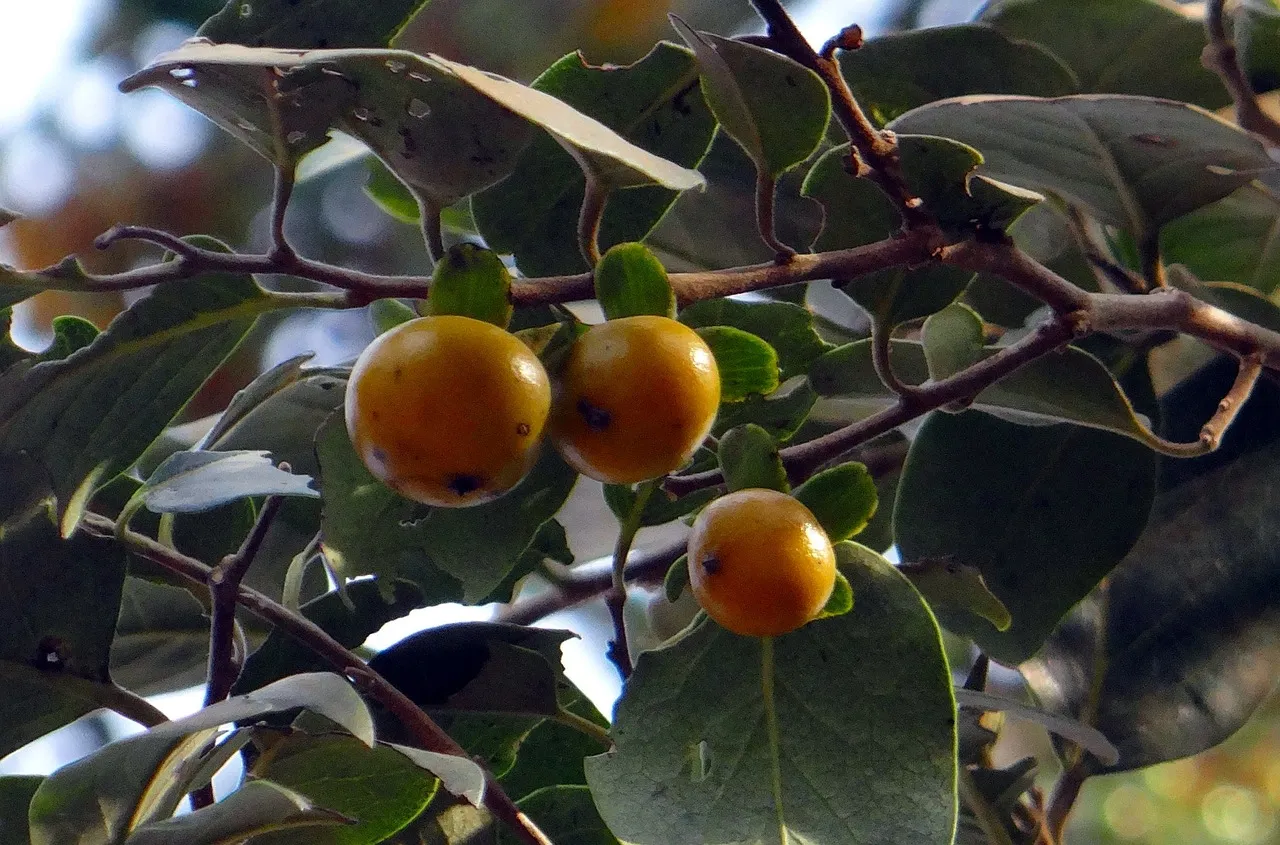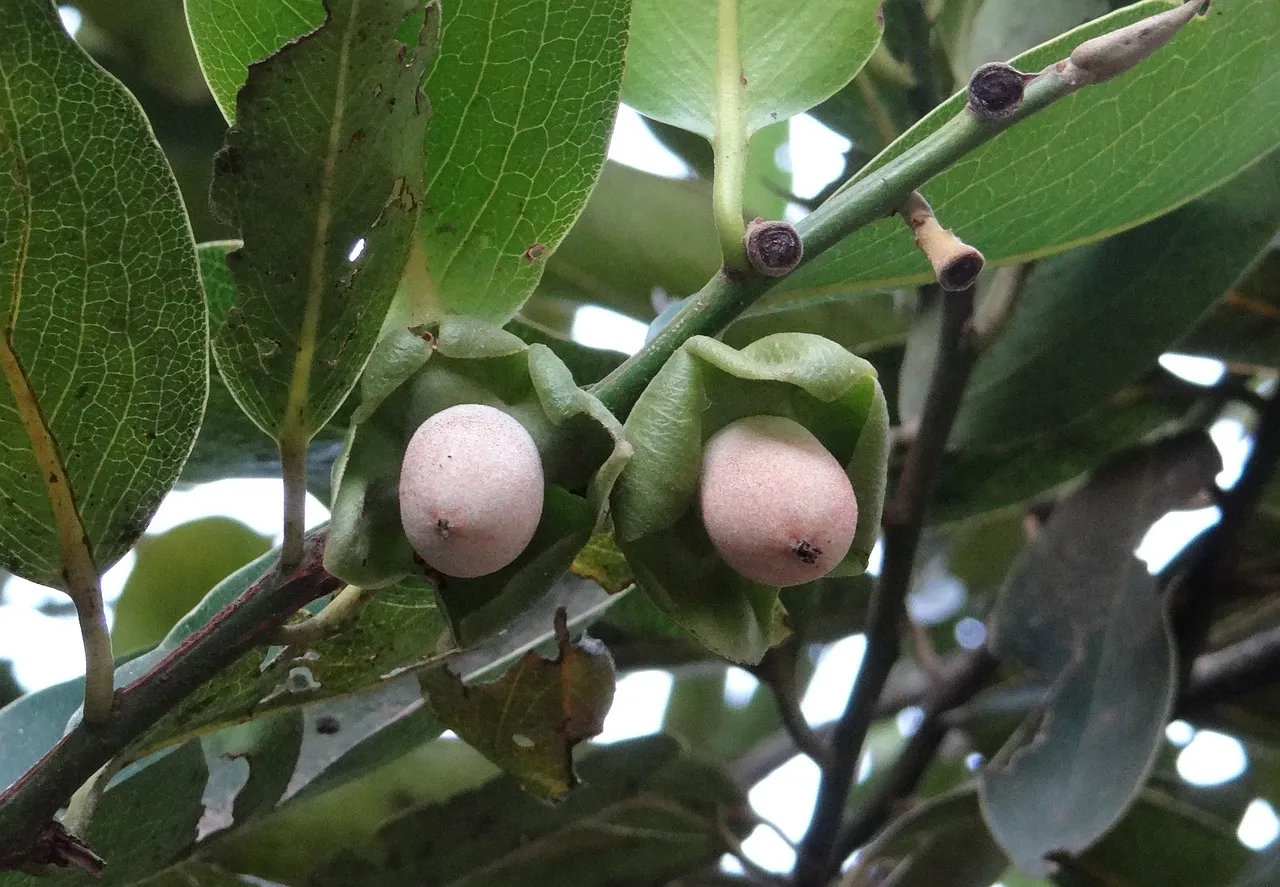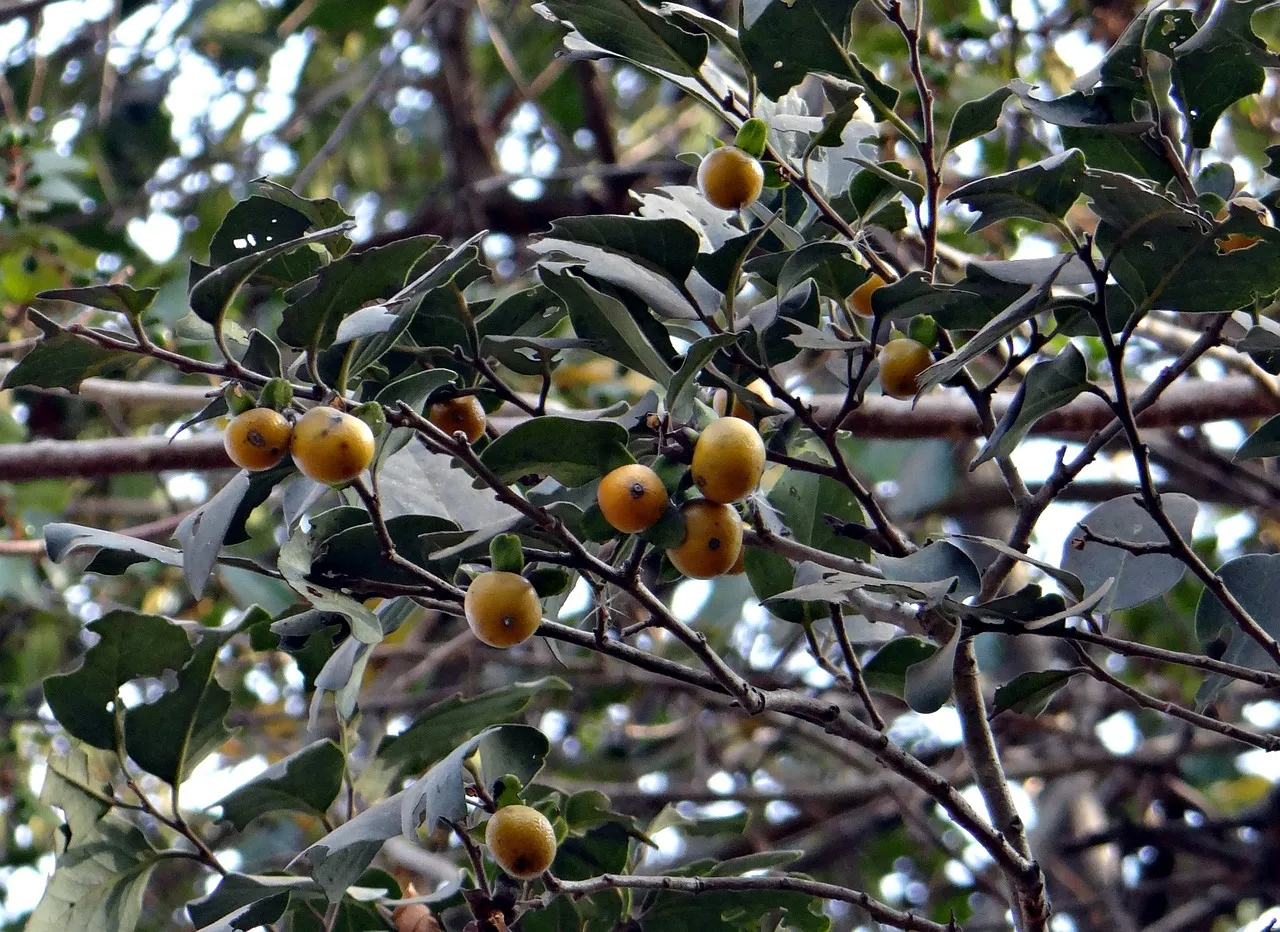Tropical trees with a dry, deciduous forest native to India and Southeast Asia include the kendu (Diospyros melanoxylon). Ayurvedic medicine uses the fruit and leaves of the tree to treat a range of illnesses. The fruit of the kendu tree is prized for its capacity to lower inflammation and enhance blood circulation, while the kendu leaf has a long history of usage in traditional Indian medicine as a remedy for gastrointestinal issues, fever, and urinary ailments. Construction and furniture-making also employ the wood from kendu trees. We shall examine the dietary and therapeutic advantages of the kendu leaf, fruit, and tree in this post.
Nutritional Benefits of the Kendu Leaf
Vitamin C, calcium, iron and magnesium are just a few of the vitamins and minerals abundantly found in kendu leaves. It also contains flavonoids, which are antioxidants that help prevent inflammation and oxidative stress. Kendu leaves also contain dietary fiber, which supports a healthy digestive system. The leaves can be used in a variety of dishes such as soups, salads and curries and can be raw or cooked. The leaves can also be dried and powdered and used as a tea or spice.
Medicinal Benefits of the Kendu Fruit
Kendu fruit has various health benefits. Due to its anti-inflammatory, antioxidant and antispasmodic properties, it is useful in treating many ailments. Used to treat bronchitis, asthma, gastrointestinal disorders and fever. Additionally, the fruit is used to reduce inflammation and promote blood circulation. In addition to being consumed raw or cooked, the fruit can also be made into juices and syrups. Juices and syrups can be consumed alone or combined with other ingredients to create a therapeutic tea. Kendu berries can also be used topically to treat skin conditions such as psoriasis and eczema.

The Health Benefits of the Kendu Tree
In addition to its applications in architecture and interiors, kendu wood is also recognized for its healing properties. The bark, berries and leaves are used to treat various ailments in traditional medicine. The bark is used to treat fevers, stomach problems, and respiratory problems. The berries are used to treat skin conditions including eczema and psoriasis, while the leaves reduce inflammation and promote circulation. Kendu wood is used to make hard and durable wood, as well as tools and furniture. Trees also provide habitat for wildlife and provide plenty of shade.
How to Grow a Kendu Tree
Kendu trees require time and attention but are not difficult to cultivate. The plant should be in direct sunshine, and the soil should be well-drained. Twice a year, fertiliser and watering are recommended for plants. To encourage healthy development and stop the tree from growing too big, regular trimming is required. Additionally, the tree requires defence against high winds and torrential rain. Keep in mind that Kendu is sensitive to cold temperatures and should be cultivated in a protected area. If properly maintained, the kendu tree may bring pleasure for many years.
Tips for Harvesting the Kendu Leaf
Kendu leaves must be selected with caution and accuracy, as well as in a timely manner and with attention. It is advisable to remove delicate young leaves since older, bitter leaves may develop. The flavour and nutritional content of the leaves will be retained if they are plucked early in the morning while still damp. Harvesting just a few leaves at a time will protect the plant’s health and its capacity to generate new leaves. As pulling up leaves during a downpour might harm the plant, avoid doing so. Kendu leaves may be gathered for a long time with the right attention and care.
Different Ways to Enjoy the Kendu Fruit
Kendu is a tropical fruit that grows on the Kendu tree, native to Southeast Asia and India. The fruit is small, round, and has a hard skin that needs to be broken in half to reveal the juicy, sweet flesh inside. Here are some ways to enjoy Kendu fruit:
Fresh:
The easiest way to enjoy Kendu fruit is to eat the fruit fresh from the peel. You can eat it whole or sprinkle some salt, sugar or lemon juice on top for extra flavor.
Juice:
Kendu fruit makes for a delicious, refreshing and nutrient-rich juice. To make Kendu juice, separate the meat from the rind and mix it with water, sugar, and ice. You can also add other fruits like mango, pineapple or passion fruit to give the juice more flavor.
Jam:
If you have a sweet tooth, try making Kendu fruit jam. To make kendu jam, boil fruit with sugar, water, and lemon juice until a spreadable, paste is obtained. You can use jam as a topping for toast, pancakes, or yogurt.
Smoothies:
Kendu fruit is also great in smoothies. Mix it with other fruits, yogurt, milk or honey for a delicious and healthy drink. You can try different flavor combinations to find your favorite.
Salad:
If you want to incorporate kendu fruit into hearty dishes, try salads. Kendu fruit pairs well with leafy greens, nuts and a zesty vinaigrette. You can also add other fruits such as strawberries, kiwis, and oranges to create a colorful and flavorful salad.
In summary, kendu fruit is a versatile and delicious tropical fruit that can be enjoyed in many different ways. Whether eaten raw, in juices, jams, smoothies or salads, kendu fruit delights the palate with its sweet and juicy taste.

Ancient Uses of the Kendu Tree
Native to India and Southeast Asia, the Kendu tree (Diospyros melanoxylon) has long been used by humans for its therapeutic and beneficial properties. The leaves, fruit, bark and wood of the kendu tree have been used for therapeutic and functional purposes for countless times. Kendu tree leaves were used in ancient India to treat urinary tract disease, fever and stomach ailments. Additionally, the leaves have been used to improve blood circulation and reduce inflammation. The leaves were also used to make various foods such as soups, salads and curries and were eaten raw or cooked. The leaves can also be dried and powdered for use in teas and flavorings.
A number of illnesses were also treated with the fruit of the kendu tree. It was advantageous for a number of ailments since it has anti-inflammatory, antioxidant, and antispasmodic effects. To treat fever, stomach problems, asthma, and bronchitis, the fruit was consumed directly or transformed into juice or syrup. In addition, the fruit was applied topically to cure eczema and psoriasis, two skin disorders.
Conclusion: The Incredible Benefits of the Kendu Leaf, Fruit and Tree
A tropical tree called Kendu tree (Diospyros melanoxylon), native to India and Southeast Asia, has long been used in traditional medicine. The leaves, fruit, bark and wood of this tree have been used for centuries for its medicinal and beneficial properties. Vitamin C, calcium, iron and magnesium are just a few of the vitamins and minerals abundantly found in kendu leaves. It also contains flavonoids, which are antioxidants that help prevent inflammation and oxidative stress. The leaves can be used in a variety of dishes such as soups, salads and curries and can be raw or cooked. The leaves can also be dried and powdered and used as a tea or spice.
Kendu fruit has various health benefits. Due to its anti-inflammatory, antioxidant and antispasmodic properties, it is useful in treating many ailments. In addition to being consumed raw or cooked, the fruit can also be made into juices and syrups. Juices and syrups can be consumed alone or combined with other ingredients to make a therapeutic tea. In addition, skin problems such as eczema and psoriasis can also be treated externally with kendu fruit. Kendu wood is also known for its use in construction and furniture manufacturing. Kendu tree wood, known for its strength and durability, is used in the manufacture of tools and furniture.
Trees also offer shade and are essential animal habitats. Overall, kendu plants, leaves, and fruits offer several advantages. Kendu trees have been utilised for a number of purposes dating back to ancient times, ranging from medicinal to practical utility. Humans may gain the wonderful advantages of the Kendu tree by using its leaves, fruits, and wood.
